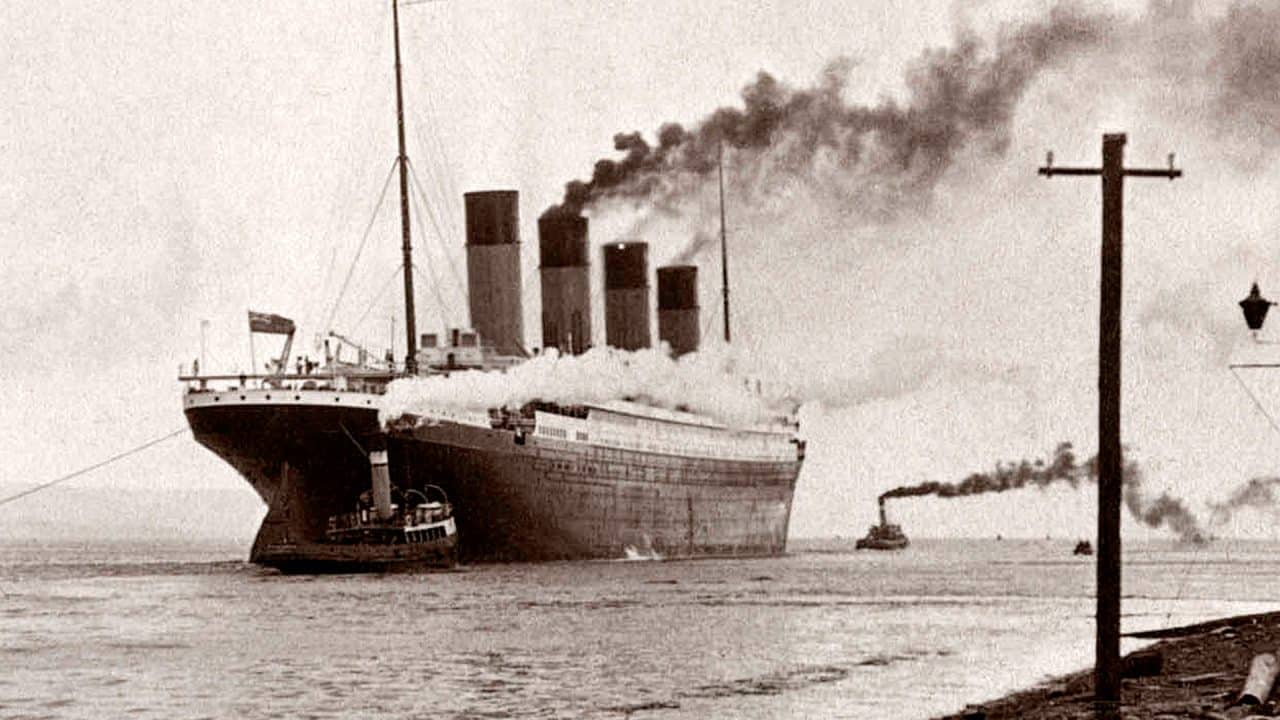Titanic: The New Evidence
Titanic: The New Evidence presents a compelling new theory about the sinking of the infamous ocean liner. It challenges the long-held belief that an iceberg was solely responsible for the Titanic’s demise. Instead, it proposes that a coal fire burning in the ship’s hull may have played a crucial role in the disaster.
The documentary’s central figure is Irish journalist Senan Molony, who has spent over three decades researching the Titanic’s history. Molony’s investigation focuses on a set of photographs discovered in an attic, taken by the engineering chief of Harland and Wolff, the company that built the Titanic. These images reveal a 30-foot-long black streak on the ship’s hull, near the area where the iceberg struck.
According to Molony, this mark indicates a fire that had been smoldering in one of the ship’s coal bunkers for days, possibly even before it left the shipyard in Belfast. The intense heat from this fire may have severely weakened the ship’s hull, making it more susceptible to damage when it collided with the iceberg. The documentary suggests that this combination of fire and ice created a “perfect storm” of factors that led to the Titanic’s sinking.
The film also raises questions about the actions of the ship’s crew and management. It alleges that the fire was known to the ship’s officers but was deliberately kept secret from passengers. The documentary claims that the need to extinguish the fire quickly may have been one of the reasons the Titanic maintained its high speed despite warnings of icebergs in the area.
Titanic: The New Evidence not only presents this new theory but also examines why it may have been overlooked or suppressed in the past. The documentary suggests that the official inquiry into the disaster, conducted in 1912, downplayed the significance of the fire to protect the reputation of the British maritime industry.









